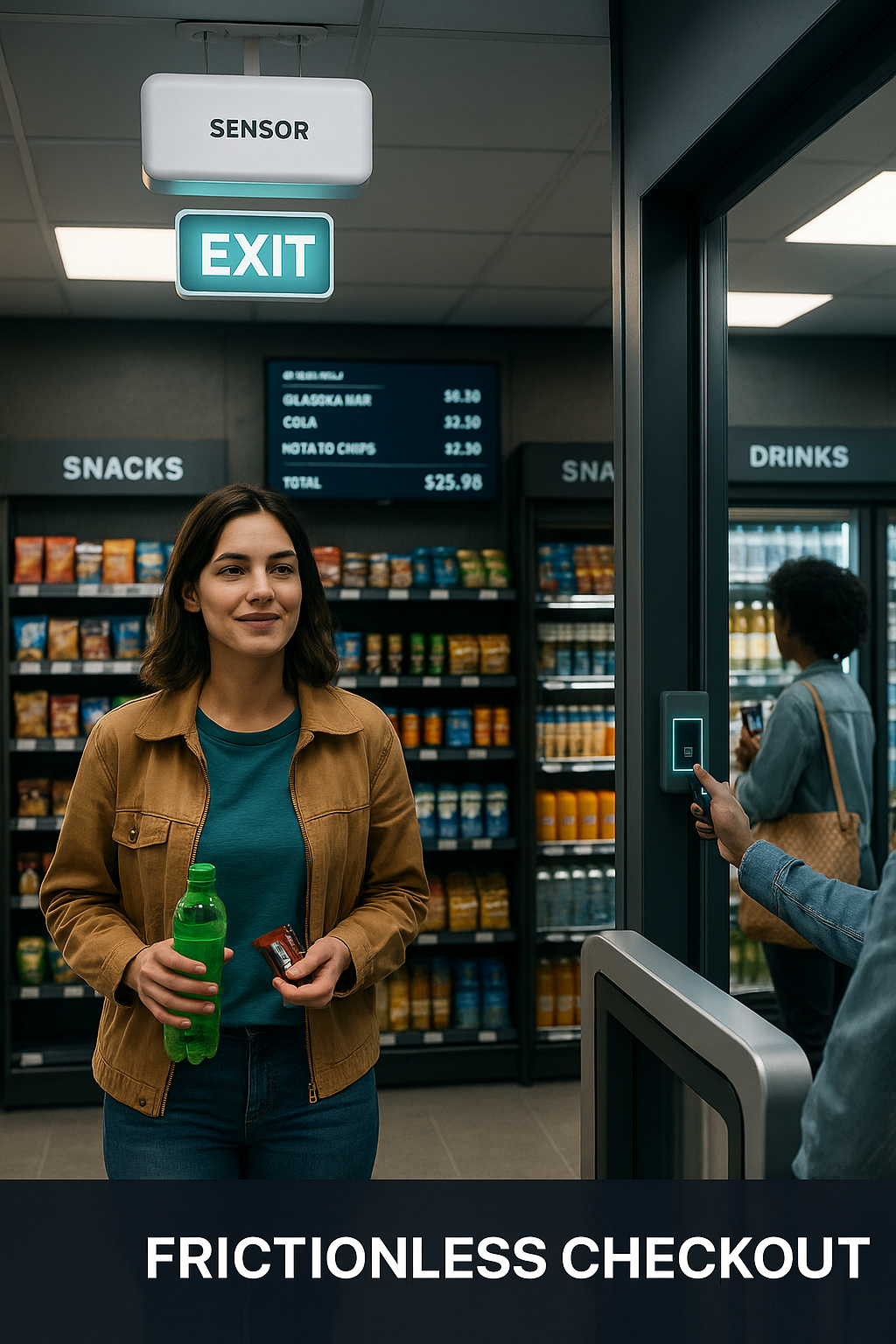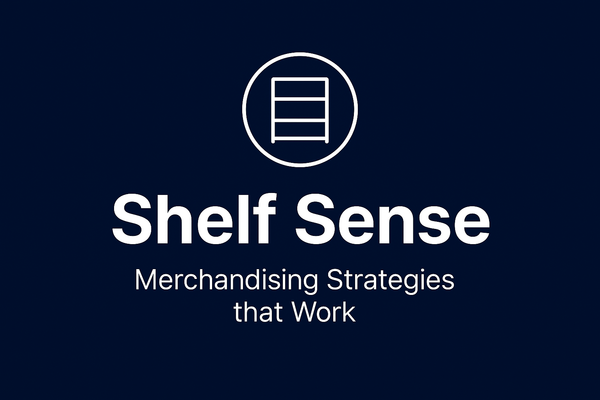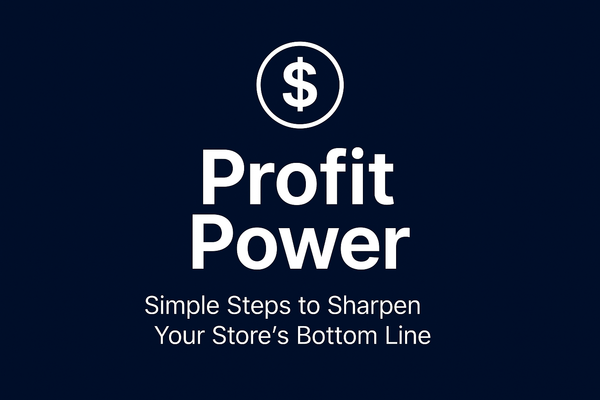How Frictionless Checkout Works in Convenience Stores
Frictionless checkout uses AI, cameras, and sensors to eliminate checkout lines. Customers enter with apps, shop normally while tech tracks items, then walk out with automatic payment—no scanning or waiting required.

Just Walk Out and Frictionless Checkout Series
Introduction
Say goodbye to long lines and fumbling for cash or cards—frictionless checkout is changing the way people shop at convenience stores123. This new tech lets customers breeze through their purchases without the usual wait or hassle, making shopping quicker and smoother than ever143. For employees, this shift isn’t just about cool gadgets; it’s reshaping daily work, customer service, and how stores run256. Let’s dive into what frictionless checkout is all about and why it matters to everyone in the convenience store world172.
What Is Frictionless Checkout?
Frictionless checkout is a fancy way of saying “no hassle” checkout148. Instead of scanning items or waiting in line, customers pay quickly—or sometimes automatically—without much interaction with staff143. This magic happens thanks to a mix of smart tech like artificial intelligence (AI), cameras, sensors, mobile apps, and digital payment systems148. It’s different from traditional self-checkout, where you still have to scan items yourself; frictionless checkout removes even that step, making the whole process seamless and almost invisible148.
How Frictionless Checkout Works: Step by Step
Here’s the lowdown on how it all goes down in a frictionless store:
- Entry: Customers get in using an app, a card, or even biometric ID like a fingerprint or face scan. No keys or cashiers needed184.
- Shopping: Once inside, sensors and cameras track what shoppers pick up or put back on shelves. AI figures out exactly what’s in the cart148.
- Checkout: When customers leave, payment is processed automatically—no scanning, no lines, no waiting148.
- Receipts: Digital receipts pop up on their phones or emails right after they exit, so no paper clutter or confusion184.
It’s like magic, but it’s really just smart tech working behind the scenes to make shopping a breeze148.
Types of Frictionless Checkout in Convenience Stores
Frictionless checkout isn’t one-size-fits-all. Here are some popular flavors you might see:
- “Just Walk Out” Technology: Made famous by Amazon Go, this system uses cameras and sensors to track everything shoppers do, so they can just walk out and be charged automatically183.
- Scan-and-Go Apps: Customers scan items with their phones as they shop and pay through the app, skipping the line but still doing some scanning themselves132.
- Smart Kiosks and AI-Powered Self-Checkout: These stations speed up checkout with AI that recognizes items quickly, sometimes without barcodes, making the process faster and easier632.
- Hybrid Models: Some stores mix these technologies, offering multiple ways to check out depending on what works best for their customers163.
Each method aims to cut down wait times and make shopping smoother, but they all share the same goal: less friction and more convenience132.
Benefits for Employees and Stores
Frictionless checkout isn’t just a win for customers—it’s a game changer for employees and stores, too:
- Faster Transactions: Shorter lines mean happier customers and less stress during busy times537.
- Shift in Staff Roles: With fewer cashiers needed, employees can focus on stocking shelves, helping customers, or keeping the store tidy256.
- Better Inventory Management: Sensors and AI keep track of stock in real-time, so employees know exactly when to restock and what’s selling fast264.
- Loss Prevention: Smart tech spots suspicious activity and helps reduce theft, making the store safer and cutting losses724.
- 24/7 Operation Potential: Some frictionless stores can run around the clock with minimal staff, opening new opportunities for business growth236.
For employees, this means less time stuck behind a register and more chances to engage with customers or learn new skills256.
Challenges and Considerations
Of course, it’s not all smooth sailing. There are some bumps to watch out for:
- Tech Investment: Setting up frictionless checkout systems isn’t cheap, and stores need to keep the tech updated and maintained264.
- Training Needs: Employees have to learn how to support and troubleshoot these new systems, which can be a steep learning curve265.
- Security and Privacy: Cameras and sensors raise concerns about data privacy for both shoppers and staff, so stores must handle info carefully784.
- Inclusivity Issues: Not everyone has a smartphone or wants to use apps, so stores need to find ways to serve all customers fairly154.
- Changing Customer Service: With less face-to-face interaction at checkout, employees need to find new ways to connect and assist shoppers267.
Balancing these challenges with the benefits is key to making frictionless checkout work for everyone involved267.
Real-World Examples
Frictionless checkout is already making waves in convenience stores around the world:
- Amazon Go: The pioneer of “just walk out” stores, with locations in major cities and airports, showing how smooth shopping can be183.
- Zippin: A tech company powering frictionless stores in the U.S. and abroad, helping smaller retailers adopt the technology326.
- AiFi NanoStore: Compact frictionless stores designed for quick shopping trips, popping up in urban areas214.
- Mashgin-Powered Stores: Using AI-powered kiosks to speed up checkout in busy convenience stores632.
These examples prove the tech isn’t just hype—it’s changing how people shop and how stores operate, with more rollouts planned every year263.
The Future of Frictionless Checkout in Convenience Stores
Looking ahead, frictionless checkout is set to grow fast. Expect to see more stores adopting these systems, with even smarter tech that can recognize products better, handle payments faster, and offer personalized shopping experiences264. For employees, this means evolving roles—learning new tech, helping customers navigate the new systems, and focusing on service that tech can’t replace265.
The key to thriving? Staying flexible, embracing change, and remembering that even the slickest tech can’t beat a friendly smile and helpful hand267.
Keep an eye out for the next article in this series, where the focus will be on how employees can deliver great service in a frictionless store—because even in a high-tech world, people still matter267.





